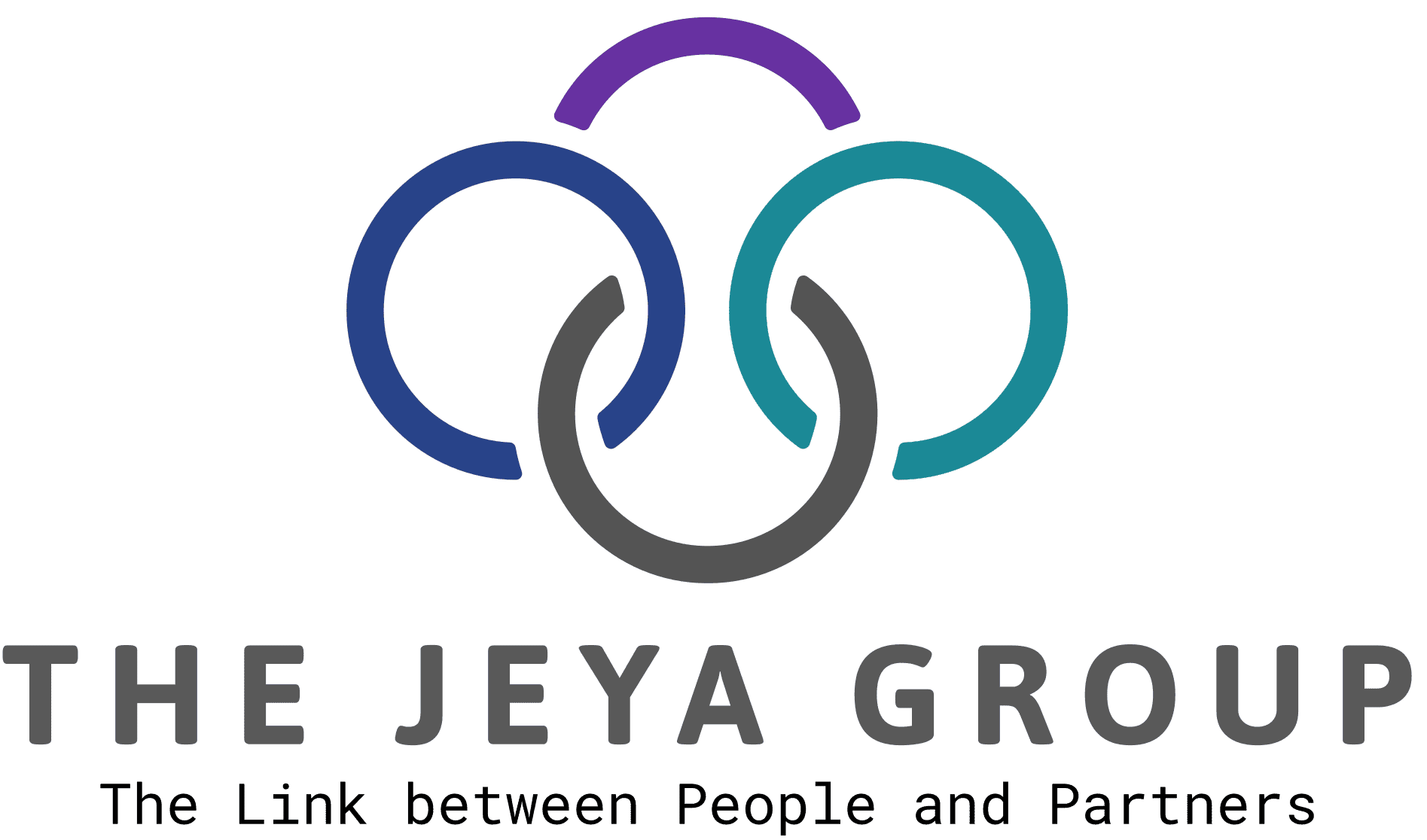
For the majority of the UK workforce, December now marks almost eight months of continuously working from home, for thousands of us this has been a shock to the system and a real shift from the norm.
The balance between a healthy home and work life, for some, may have been blurred and now Google trends data suggests searches for ‘burnout’ peaking as the UK entered a second national lockdown earlier in November and with no respite to the working from home guidance as of yet, this trend is likely to increase.
So with more people now experiencing a form of ‘work from home fatigue’, here are some tips on how business leaders can help to combat this unique form of burnout.
1. COMMUNICATION IS KEY TO MAINTAINING A CULTURE
Communication is a vital part of this strategy – with every element of running a business or managing a team, communication is the key to success in morale and for recruiters, a pivotal part in the day-to-day job. Many office workers across the country may be living alone, in shared accommodation, or having to juggle the added pressures of being at home more often, like childcare for example.
All of this can lead to feeling a sense of isolation from the team and the company, something that can come as a shock to the system. Especially when concerned with the recruitment industry, where camaraderie and an office environment where feeling a sense of striving for targets is instilled and allows employees to excel. While many won’t have a choice but to be working from home, team leaders could encourage the use of instant messaging like Slack and Google Chat. While daily huddles and weekly catch-ups with a line manager/mentor using a mixture of video and voice calls help to keep updated and on top of targets, with managers offering a steer and guidance. Keeping this constant open door to communication can replicate that feeling of being in the office where teams can so easily communicate and celebrate wins.
2. TRUST YOUR TEAM AND PROVE IT THROUGH YOUR ACTIONS
Recruiters can work sporadic hours day-to-day but with working hours now no longer ‘normal’, this can lead to many feeling like they need to prove they’re doing the work, leading to overworking and in turn, burnout. Thousands of us are defined by the 9-5, taking lunch at the same time each day and having a physical presence in front of colleagues to prove we are actually working. At home, we don’t have this way of ‘proving’ ourselves.
So team leads must show that they trust their team, they can do this by being flexible and less formal, where meetings are required, keeping these streamlined and avoiding typical lunch hours or times early in the morning where some may be taking advantage of the new hours. Setting attainable and broad deadlines with a lot of notice will allow flexibility and give enough time to be met.
3. DEFINING THE PURPOSE FOR EVERY TEAM MEMBER
Despite many recruiters and talent acquisition specialists having a clearly defined goal and working towards a commission-based salary, the peculiar times we’re living in can still see many questioning their purpose. It is vital that every member of the team is aware of what they’re doing and why they’re doing it, aside from simply logging the hours and getting through the day. Senior management, team leaders, and line managers must be communicating this from the top down through the likes of company-wide communication, keeping teams updated on business progress, any wins, challenges, and opportunities.
This communication then needs to filter down through the hierarchy with each level of the team being aware of how their work contributes to the overall goal of the company. No role in a team is obsolete and everyone contributes to the success of the overall goal and defining this purpose, more now than ever before, is vital to give your team a sense of purpose and being.
4. BE CLEAR ON THE PRIORITIES
When delegating work, be absolutely clear of the deadlines and what the top priorities are. For the more inexperienced members of the team, being in the office has a monumental impact on their progression and will allow them to pick up skills and lean on peers for guidance. As a team leader or manager, making workload priorities explicit from the offset and checking in once a week on progress can help to guide the workload without micromanaging and guide those that may need more of a steer.
5. ENCOURAGE MOVEMENT AND GET EVERYONE INVOLVED
Taking a break from the dining room table or home office is key to keeping a clear and focussed mind throughout the day. Workers are likely to be spending more time at their screens with no need to leave the house, whereas heading out to get lunch is the norm when in an office setting. With longer nights, we must get the most out of the short amount of daylight we have. But how do you ensure your team is not neglecting their own need for fresh air and daylight?
Using instant messaging, a social chat can be an escape for many employees to talk about everything that isn’t work. Encouraging a weekly thread where the team can share photos of their week and something they have done might be a nice way to encourage people to do more other than stay in the house. Apps like Strava that track exercise can also be a great team-building activity that encourages movement. Creating a leaderboard for the number of miles each person logs in exercise outside should encourage competition amongst the team. It doesn’t have to be strenuous exercise either, so whether they’re walking or in a wheelchair, riding or running, it encourages the team to get outside and spend time away from the screen.
Sam Hill has been with BizSpace since 2017 and is the Head of People and Culture. She has over 10 years’ experience in HR roles and previously worked at The Football Association, Produban (a part of Santander), and Ascential PLC. Sam is a Member of the Chartered Institute of Personnel and Development.







